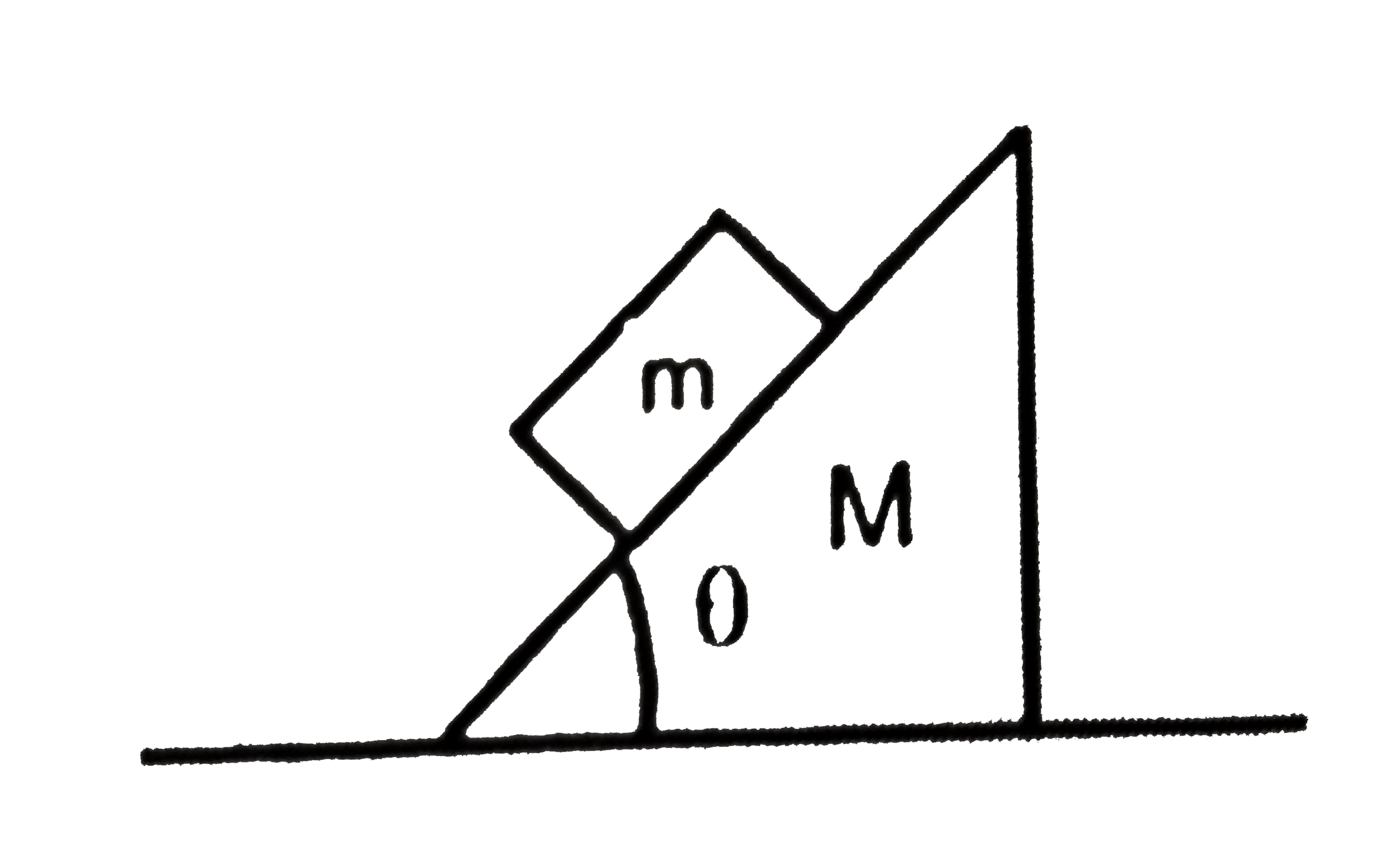Text Solution
Verified by Experts
The correct Answer is:
|
Topper's Solved these Questions
NEWTON'S LAWS OF MOTION & FRICTION
ALLEN|Exercise EXERCISE (S-2)|9 VideosView PlaylistNEWTON'S LAWS OF MOTION & FRICTION
ALLEN|Exercise EXERCISE (O-1)|51 VideosView PlaylistNEWTON'S LAWS OF MOTION & FRICTION
ALLEN|Exercise EXERCISE (JA)|4 VideosView PlaylistMOTION IN A PALNE
ALLEN|Exercise SOLVED EXAMPLE|28 VideosView PlaylistNEWTONS LAWS OF MOTION
ALLEN|Exercise EXERCISE-III|28 VideosView Playlist
Similar Questions
Explore conceptually related problems
Knowledge Check
Similar Questions
Explore conceptually related problems
ALLEN-NEWTON'S LAWS OF MOTION & FRICTION-EXERCISE (S-1)
- A 1kg block B rests as shown on a bracket A of same mass. Constant for...
02:49
|
Play - In the figure shown, all surfaces are smooth and block. A and wedge B ...
Text Solution
|
Play - Find the reading of the massless spring balance in the given condition
05:18
|
Play - The system shown adjacent is in equilibrium. Find the acceleration of ...
12:20
|
Play - A block of mass m lies on wedge of mass. Mas shown in figure. Wit...
02:13
|
Play - The block A is moving downward with constant velocity v(0.) Find the v...
01:36
|
Play - Find force in newton which mass A exert on mass B if B is moving to wa...
03:54
|
Play - Rod A can slide in vertical direction pushing the triangular wedge B t...
01:57
|
Play - Calculate the relative acceleration of A w.r.t. B if B is moving with ...
03:29
|
Play - A block is placed on a rough horizontal plane. Three horizontalforces ...
03:18
|
Play - A force of 100 N is applied on a block of mass 3kg as shown below. The...
02:10
|
Play - Two trolleys A and B are moving with accelerations a and 2a, respectiv...
01:03
|
Play - A thin rod of length 1 m is fixed in a vertical position inside a trai...
03:21
|
Play - A block of mass m(1) = 1 kg is horizontally thrown with a velocity of ...
08:54
|
Play - A block of mass m lies on wedge of mass Mas shown in figure. Find the ...
03:42
|
Playing Now - A block of mass 15 kg is resting on a rough inclined plane as shown in...
03:29
|
Play - In the figure, what should be mass m so that block A slides up with a ...
02:18
|
Play - Find the acceleration of the block and magnitude and direction of fric...
06:25
|
Play - Block M slides down on frictionless incline as shown. The minimum fric...
03:17
|
Play - Coefficient of friction between 5 kg and 10 kg block is 0.5. If fricti...
03:51
|
Play
